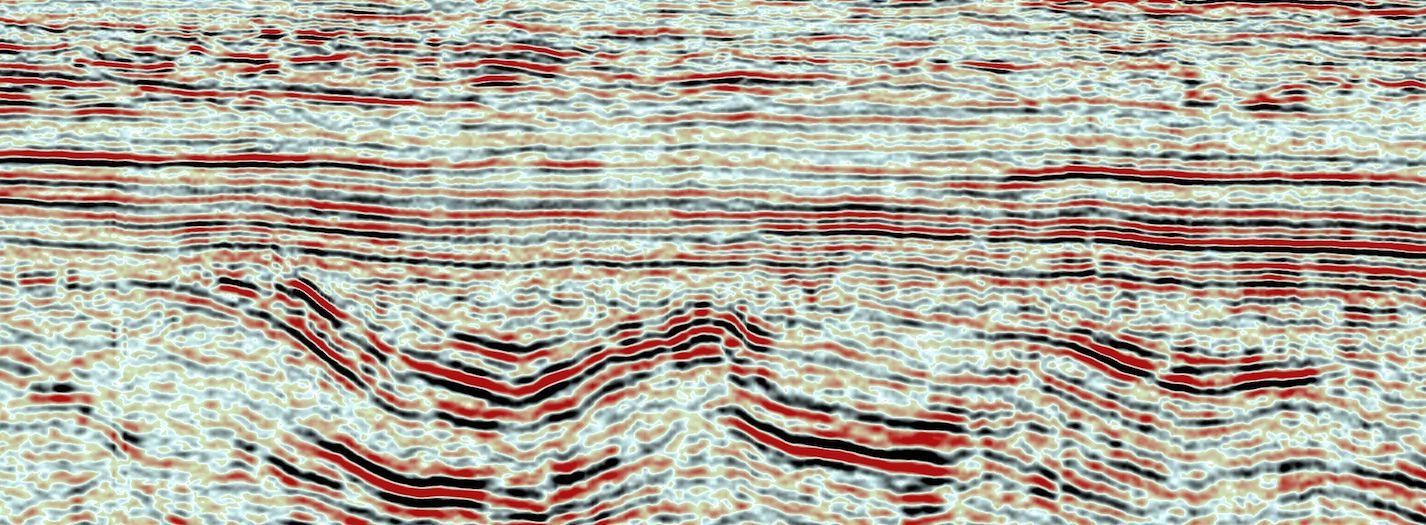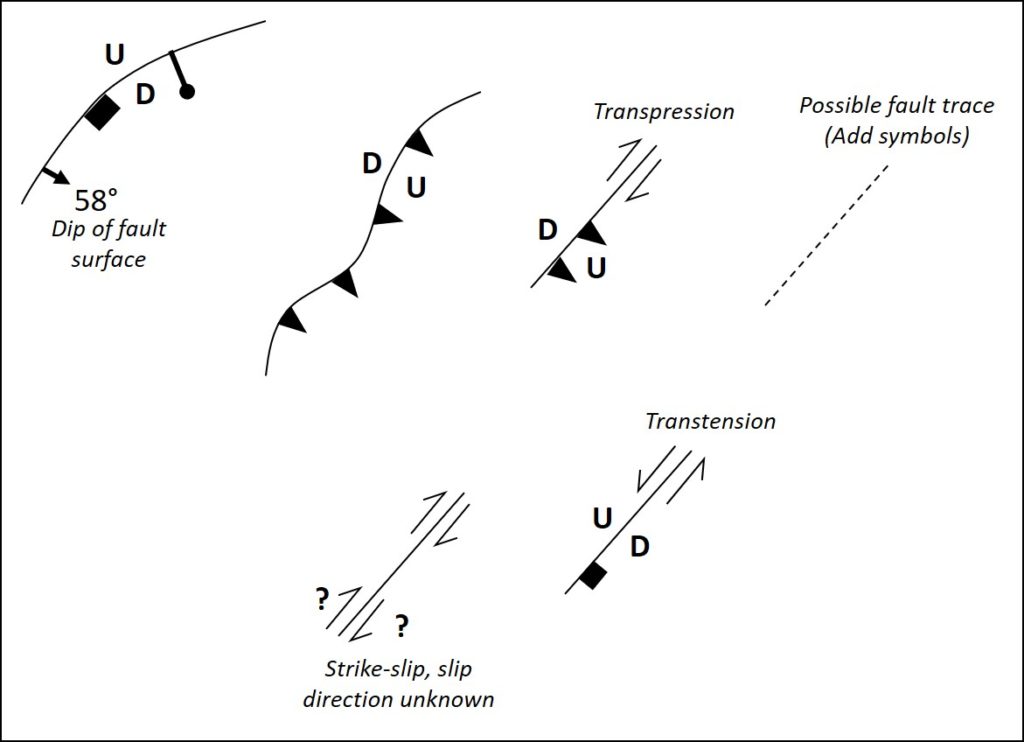
Basics of Structural Mapping
Course Details
Proper structure maps are essential for identifying traps, migration pathways, fault seal analysis, operational risks, and fractured areas. This course provides participants with the tools and concepts needed to construct a proper structure map, whether from seismic data or well data. We discuss many tips, tricks, and techniques for mapping faults, contouring around faults, and how to use a structure map for prospect exploration and evaluation. A structure map cannot be created without also having several associated cross sections; therefore we will also discuss the kinematics of a proper structural cross section. By the end of the course participants will have the tools and knowledge to present a kinematically viable and visually appealing structure map to management and peers that can be used for presentations and play/prospect evaluations. Multiple hands-on exercises throughout the course will allow participants to retain the tools and concepts they learned.
Who Should Attend
Geologists and geophysicists who either make structure maps and cross-sections or use them in their analyses. Also, those wanting to learn more about how structure maps are used in play and prospect evaluation as well as using them for identifying geologic risk in the petroleum system.
Need more information?
Course Outline
Day 1
I. Introduction to faulting concepts.
II. Kinematics and stress, fault symbols and terminology, relationships between fault length and offset, fault timing and tectonic stratigraphy, and understanding fault linkage and segmentation.
III. Fractures related to faulting including damage zones, bends in the fault plane, and steps in the fault.

Day 2
I. Introduction to folding styles and how they influence a structure map and cross section.
II. Thin-skin vs thick-skin related folds.
III. Fault bend vs fault propagation vs detachment folding.
IV. Fold accommodation faults.

Day 3
I. Mapping and contouring around faults.
II. Interpretation mechanics and workflows.
III. Using the map in prospect and play evaluation
IV. Using the map to asses geohazards and risk
V. Using the map to define structural domains and the impact on operations and development.

This course is usually offered in-house and can be scheduled at a location of your choice. To arrange the course at your office we need a minimum of 4 participants.


